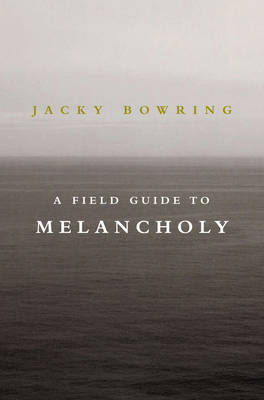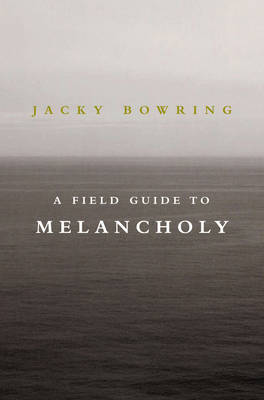
- Afhalen na 1 uur in een winkel met voorraad
- Gratis thuislevering in België vanaf € 30
- Ruim aanbod met 7 miljoen producten
- Afhalen na 1 uur in een winkel met voorraad
- Gratis thuislevering in België vanaf € 30
- Ruim aanbod met 7 miljoen producten
Zoeken
Omschrijving
Melancholy is a critical part of what it is to be human, yet everything from Prozac to self-help psychology books seems intent on removing all signs of sadness from contemporary existence. A Field Guide to Melancholy surveys this ambivalent concept and takes a journey through the articulation of melancholy in a variety of languages, from the Russian toska of Pushkin's Eugene Onegin to kaiho--expressed in the dancing of the Finnish tango. This guide finds melancholy within the work of writers such as W. G. Sebald and Jean-Paul Sartre, the art of photographer Hiroshi Sugimoto and multi-media artist Gerhard Richter, the films of Andrei Tarkovsky and Patrick Keiller, the music of Erik Satie and Tom Waits, the architecture and landscapes of ruins, and the 21st century's predilection for memorials.
Specificaties
Betrokkenen
- Auteur(s):
- Uitgeverij:
Inhoud
- Aantal bladzijden:
- 240
- Taal:
- Engels
Eigenschappen
- Productcode (EAN):
- 9781843446231
- Verschijningsdatum:
- 1/05/2016
- Uitvoering:
- Paperback
- Formaat:
- Trade paperback (VS)
- Afmetingen:
- 127 mm x 196 mm
- Gewicht:
- 226 g

Alleen bij Standaard Boekhandel
+ 47 punten op je klantenkaart van Standaard Boekhandel
Beoordelingen
We publiceren alleen reviews die voldoen aan de voorwaarden voor reviews. Bekijk onze voorwaarden voor reviews.











